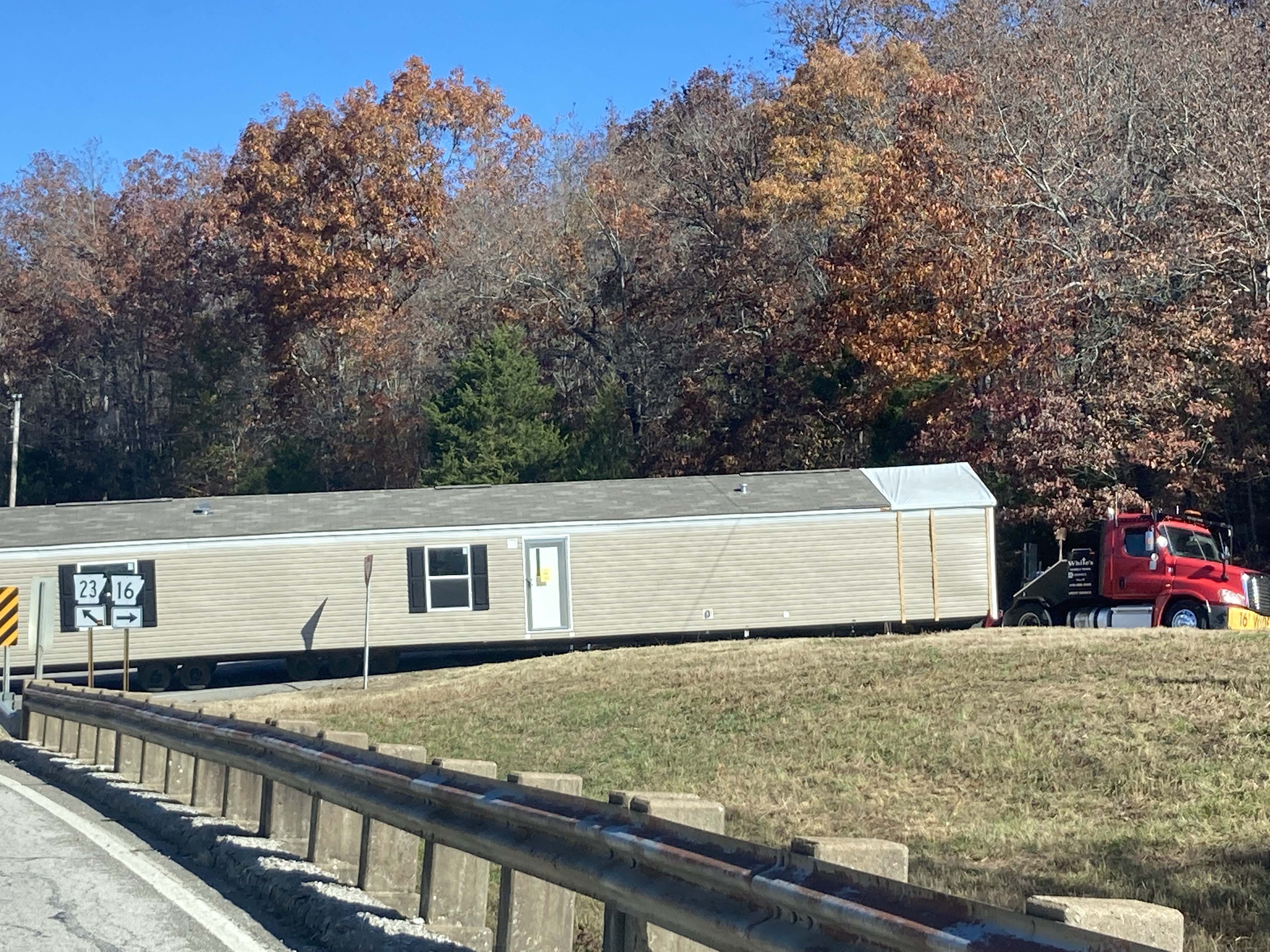Living off the Land
Contact
University of Arkansas System Division of Agriculture
Cooperative Extension Service
2301 S. University Ave.
Little Rock, AR 72204

Living off the Land
Over the past 50 years I’ve probably driven 100,000 miles through the Ozarks. The beauty of the place is remarkable but I’ve always marveled that, unless passing through an area cleared for pastureland, I seldom encountered any wildlife. Oak forests – unless you’re a squirrel – offer nourishment for the soul but little in the way of nutrition for the body.
The Osage Indians claimed the Ozarks as theirs in the pre-settlement days, but back then the land was more savannah-like with forage for deer, buffalo and elk amongst the trees. Hunting was good. Their villages were further north in more open, more fertile regions where corn, squash and beans could be grown. As white settlers pushed into the region in the early 1800s, the best farmland along the river bottoms went first, leaving the drier, less fertile ridges and hilltops to the latecomers or the more cash-strapped settlers.
When Henry Schoolcraft passed through the Ozarks in 1818 and ‘19 looking for possible lead deposits, he was less than impressed by the crude life the backwoodsmen of Arkansas enjoyed. Theirs was subsistence living, relying heavily on the still-plentiful wildlife for their survival. Even two centuries ago when life was simpler, wresting a living from the uplands of the Ozarks was difficult.
The isolation of the Arkansas Ozarks has always been alluring to those wanting to get away from it all but a challenge when it came to making it work. Getting goods to market is tough. In the 1880s railroads pushed into the region providing a way to get hardwood logs out, and for a time, the population increased. Companies, granted large tracts of land to build their railroads, began promoting the Ozarks as “the best orchard land west of the Alleghanies.” During this period the region did see population growth as attested to by the numerous large cemeteries scattered throughout the region.
But clear-cutting the forest is not a sustainable enterprise and most of the steeper, rockier ground in upland parts of the Ozarks eventually regrew oak forests, but this time with the timber so thick on the ground there was no opportunity for grazing animals. Washington and Benton counties did see the apple industry develop but the coddling moth, drought during the Dust Bowl years and general economic conditions saw it mostly collapse by WWII.
The federal government established the Ozark National Forest in 1908, providing a means for small property owners and large timber companies to sell their cutover land. The Ozarks began to depopulate. After the fruit industry decline of the 1930s, strawberry growing and tomato canning became a means for small farmers to produce high-value crops on a few acres of land, but these opportunities faltered as large companies began to dominate these markets. Then in the post-war years of the 1950s, poultry growing became a thing and farmers were able to grow chickens and earn a steady income. As a bonus, all that chicken litter was available to spread on pastureland so the size of their cow-calf operations could increase.
In the early 1970s the back-to-the-landers discovered the Ozarks, beginning one of the most interesting sagas of attempts to wrest a living from the unforgiving land. They came from all corners of the country, mostly with good educations but no experience in farming. They were buoyant in the belief that they could create a better future for themselves and their families in the backwoods than in mainstream culture. Most relearned the lessons of past generations and were not able to hold on. Probably 10 to 15 percent stuck it out long term. A few pursued agricultural enterprises such as producing vegetables and cut flowers for farmer’s markets, nursery growing, mushroom farming, berry production, goat dairies or high-end timber products for fancy houses. Others pursued various artistic enterprises such as painting, pottery or basketry that they marketed across the country at festivals.
In those early years some tried the value-added approach. Just like their Appalachian brethren of 50 years earlier who could only grow a small patch of corn but made it work by converting it into moonshine, some tried to make it by growing marijuana. David Mac’s book, When Money Grew on Trees, is an entertaining account of the hijinks of Madison County’s infamous Sheriff Ralph Baker and these would-be farmers.
Starting in 2016, the Ozarks again began to witness an increase in population growth. The political turmoil of the era was part of the reason for the change but the age-old desire to find a better way was probably the root cause. Then came the pandemic and even more people flocked to the woods. But times are different now. Sprouting up amongst the trees are rental cabins and RV parks. Some cater to the quiet solitude the forest provides while others focus on the raucous big-boy toys that create a fog of dust and make the hills echo with noise. And cable providers now support high-speed internet connections even in the backwoods, so a good job no longer means an hours-long commute. These new homesteaders, many of whom are home-schooling their children and trying to grow their own food, are but a continuation of the story of humans trying to live off of a hard, unforgiving land.
